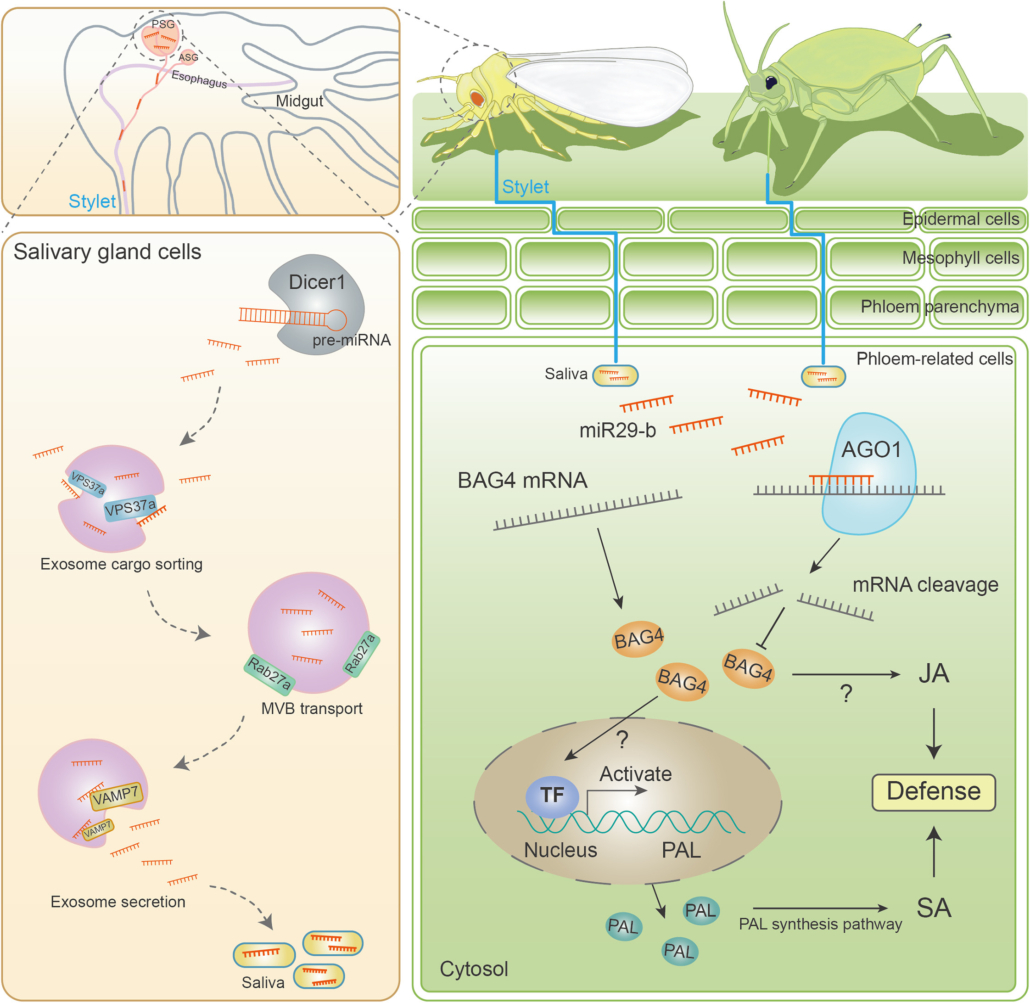
Double attack! Herbivore insects feed on plants and silence their genes
Plant Science Research WeeklyIn the natural environment, plants are constantly attacked by animals. Plant immunity is regulated by a network of genes and hormones including salicylic acid (SA) and jasmonic acid (JA). A recent study suggests that herbivore insects threaten plants with concerns more than the bite. Han et al., found…
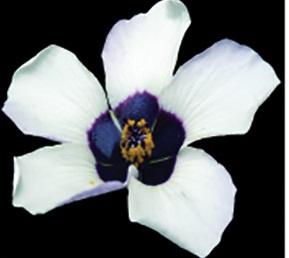
Cuticle chemistry in Hibiscus iridescence
Plant Science Research WeeklyThe long, long history of plant-pollinator interactions has led to a stunning variety of flower forms, including variations in petal color and iridescence. Color is caused by the accumulation of various pigments that selectively absorb certain wavelengths of light, whereas iridescence arises from surface…
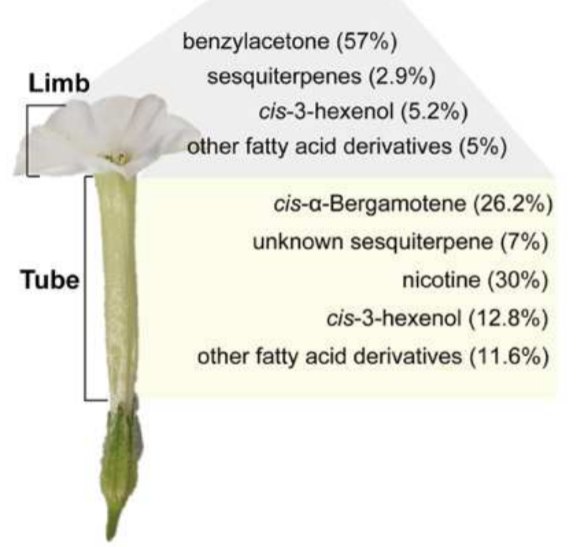
Single-cell RNA-sequencing of Nicotiana attenuata corolla cells reveals the biosynthetic pathway of a floral scent (New Phytol.)
Plant Science Research WeeklyRelease of scents or volatile compounds influence pollinator preference for or localisation of many flora. In excess of 1,700 distinct floral scents have been classified to date, yet our understanding of biosynthetic processes associated with many scents is limited. Kang et al. recently determined the…
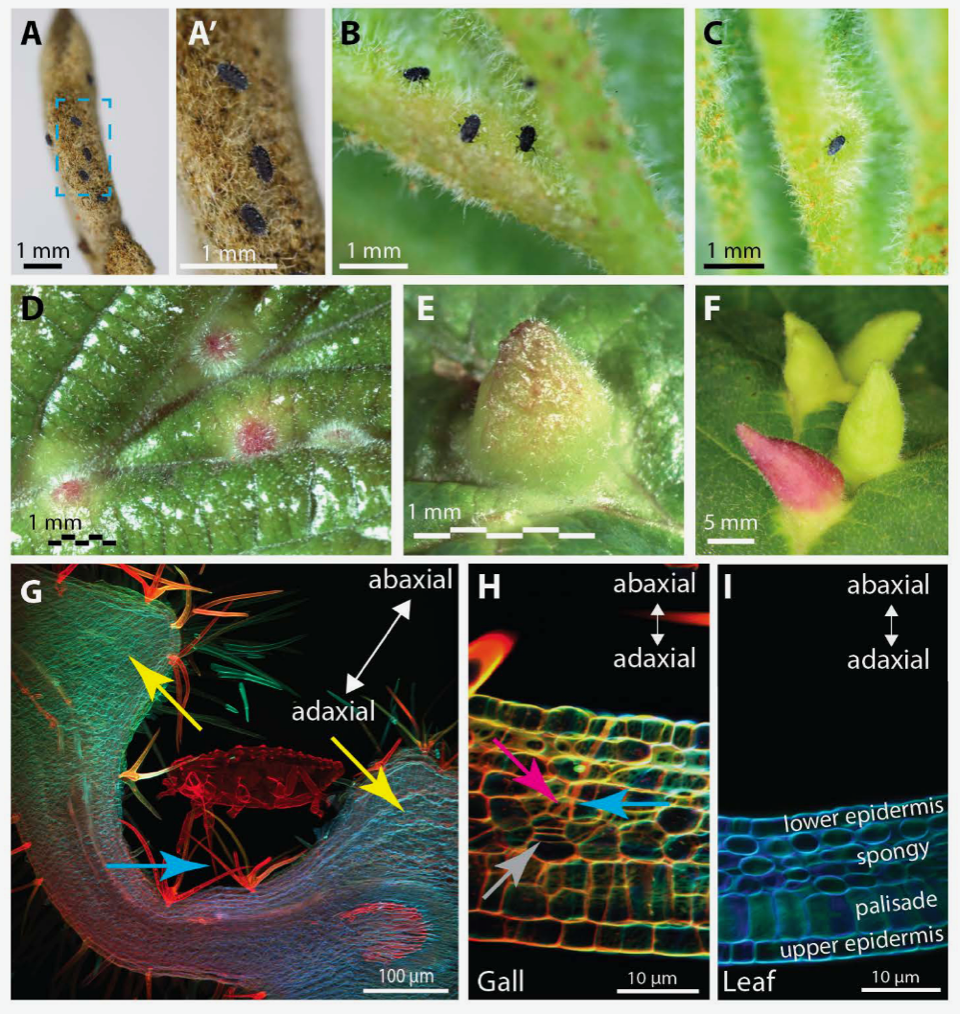
A novel family of secreted proteins linked to plant gall development (bioRxiv)
Plant Science Research WeeklyInsect-induced galls are abnormally patterned plant organs that provide insects with protection and a nutrient source, yet mechanisms underlying the development of these unique organs are mostly unknown. To identify insect factors that govern gall pattering, Korgaonkar et al. turned to the natural variation…

Plantae Presents: Gustavo MacIntosh and Jyothi Vaddasery
Blog, Plantae Presents, Research SkillsPlantae Presents – Gustavo MacIntosh and Jyothi Vaddasery
Recorded Wednesday November 4 10am EST
Gustavo MacIntosh: Colonization strategies and resistance responses in soybean-soybean aphid interactions
Gustavo MacIntosh joined Iowa State University in August 2003 and he is now a…
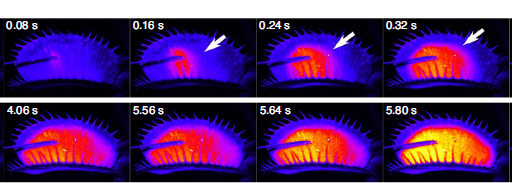
Calcium dynamics during trap closure visualized in transgenic Venus flytrap (Nature Plants)
Plant Science Research Weekly
For centuries, carnivorous plants and the mechanisms they use to capture prey have been enigmas. While some clarity regarding the molecular mechanisms is beginning to emerge, Suda and colleagues have uncovered a vital role for calcium (Ca2+) signals in trap closure in Venus flytrap. The researchers…
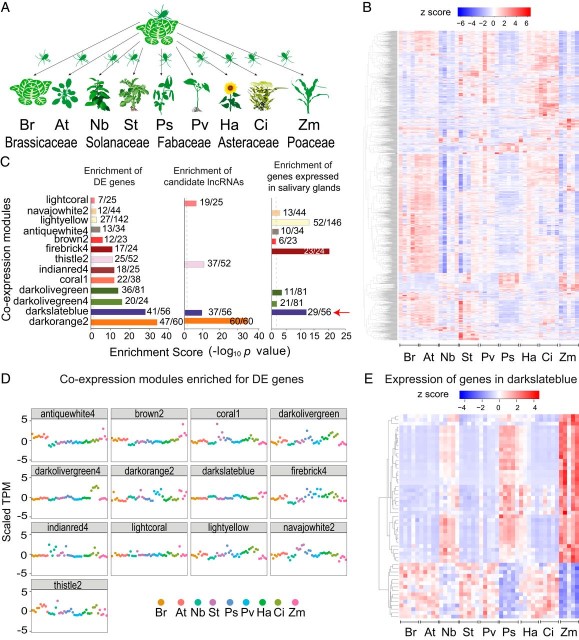
An aphid RNA transcript migrates systemically within plants and is a virulence factor (PNAS)
Plant Science Research WeeklyAphids are an important insect pest that can cause significant yield loss to crops, particularly through feeding damage and as vector for devasting plant pathogens. How aphids and other sap-feeding insects use their stylet to penetrate the plant vascular tissues is well studied but the factors involved…
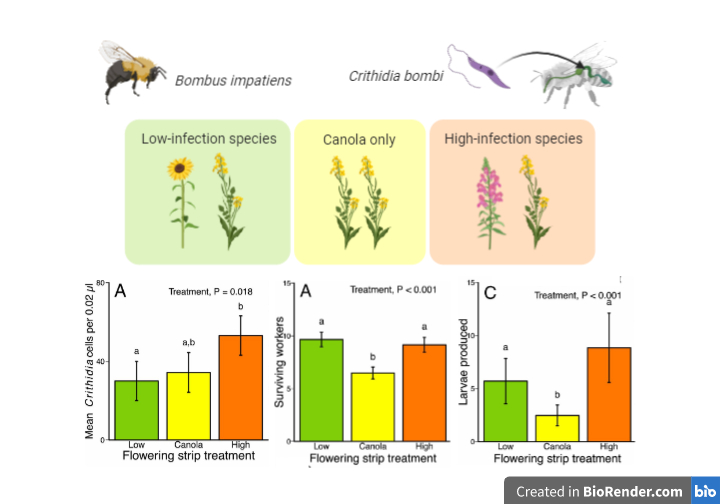
Flowering plant composition shapes pathogen infection intensity and reproduction in bumble bee colonies (PNAS)
Plant Science Research WeeklyPathogens are one of many factors underlying pollinator decline. Diseases can be transmitted from commercial honeybees to wild bees through flowers. Bumble bees (Bombus impatiens) are infected by the gut pathogen Crithidia bombi which is contracted at flowers by fecal-oral transmission. However, not…
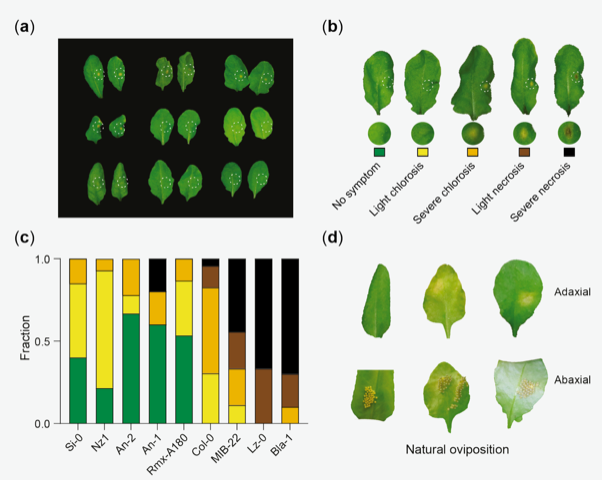
Plant genes for defense against insect eggs (bioRxiv)
Plant Science Research WeeklyPlants can recognize eggs of herbivorous insects deposited on leaves and mount defense responses to avoid the future threat of herbivory. Similar to plant hypersensitive response against pathogens, plants can cause localized cell death to defend themselves against insect eggs. This response is called…

